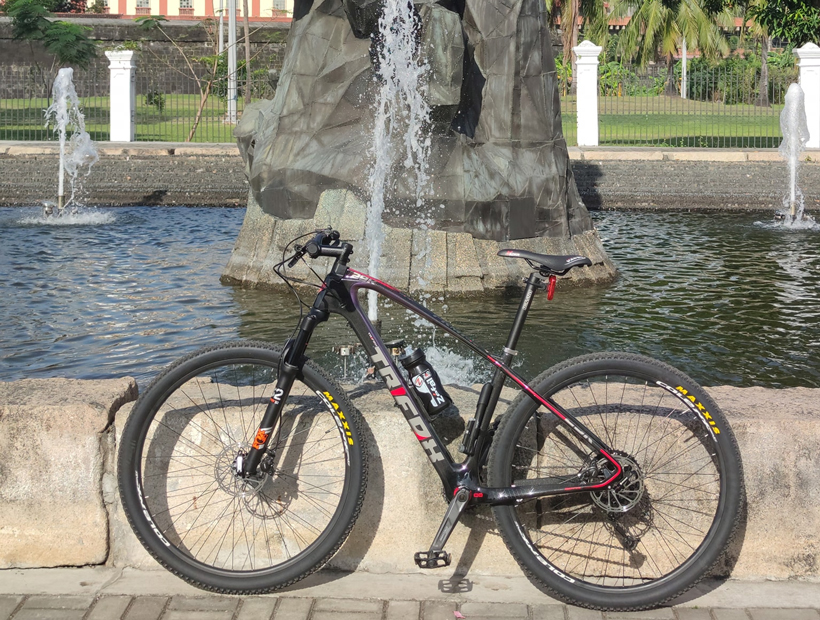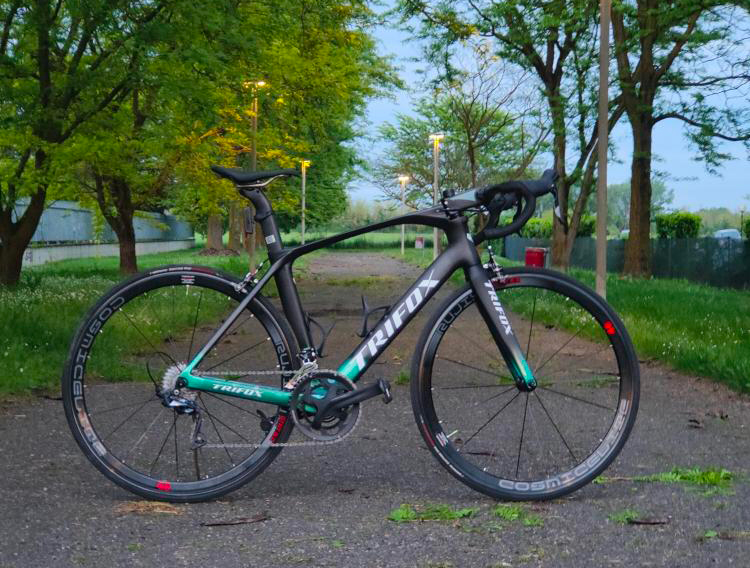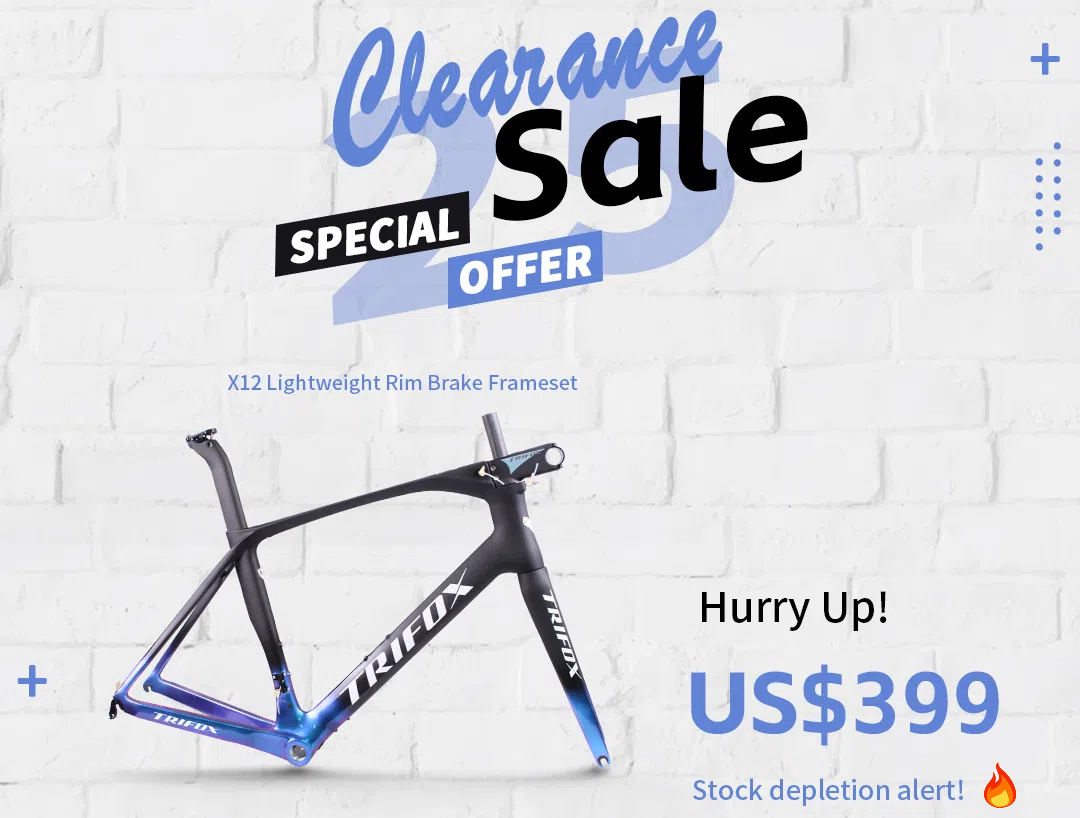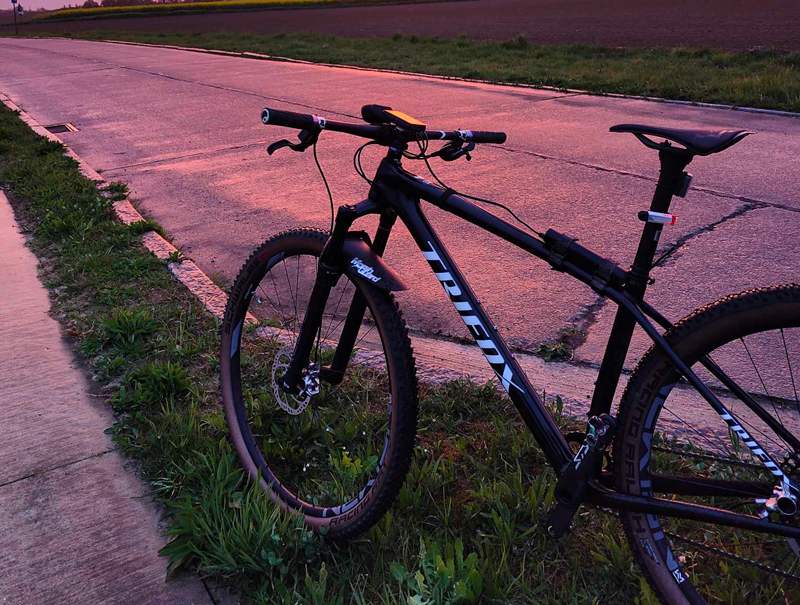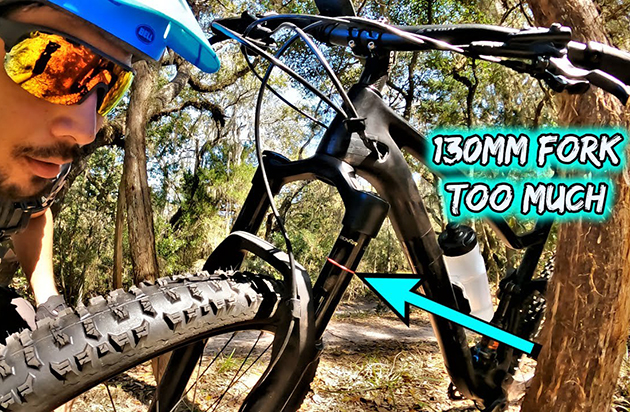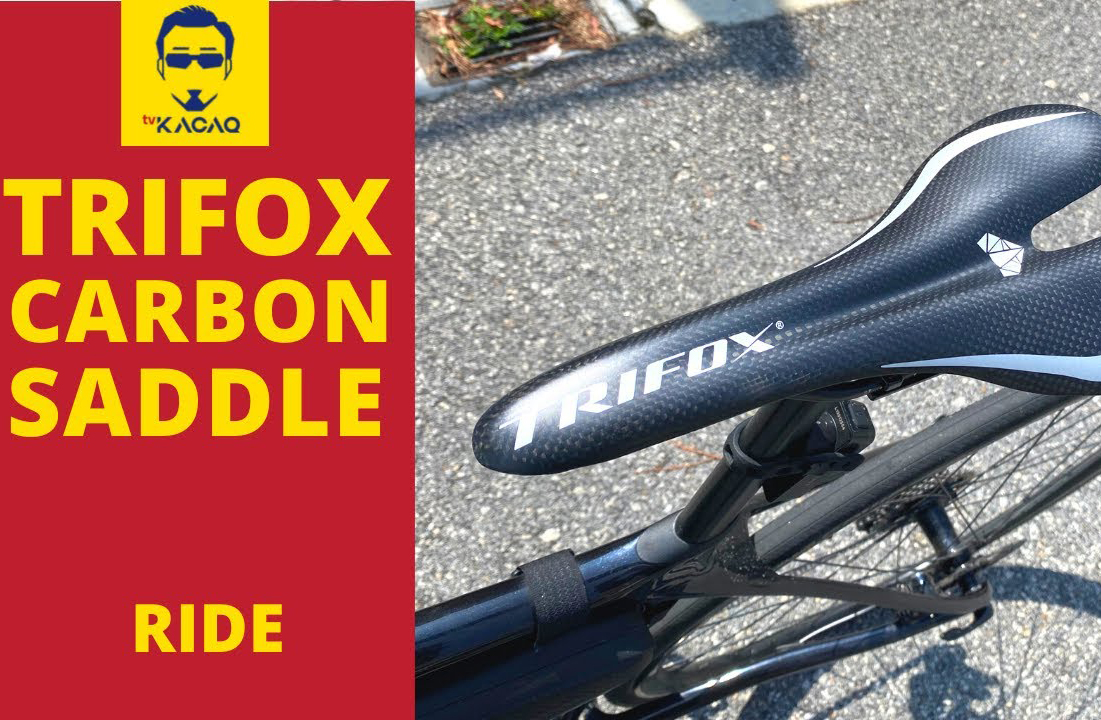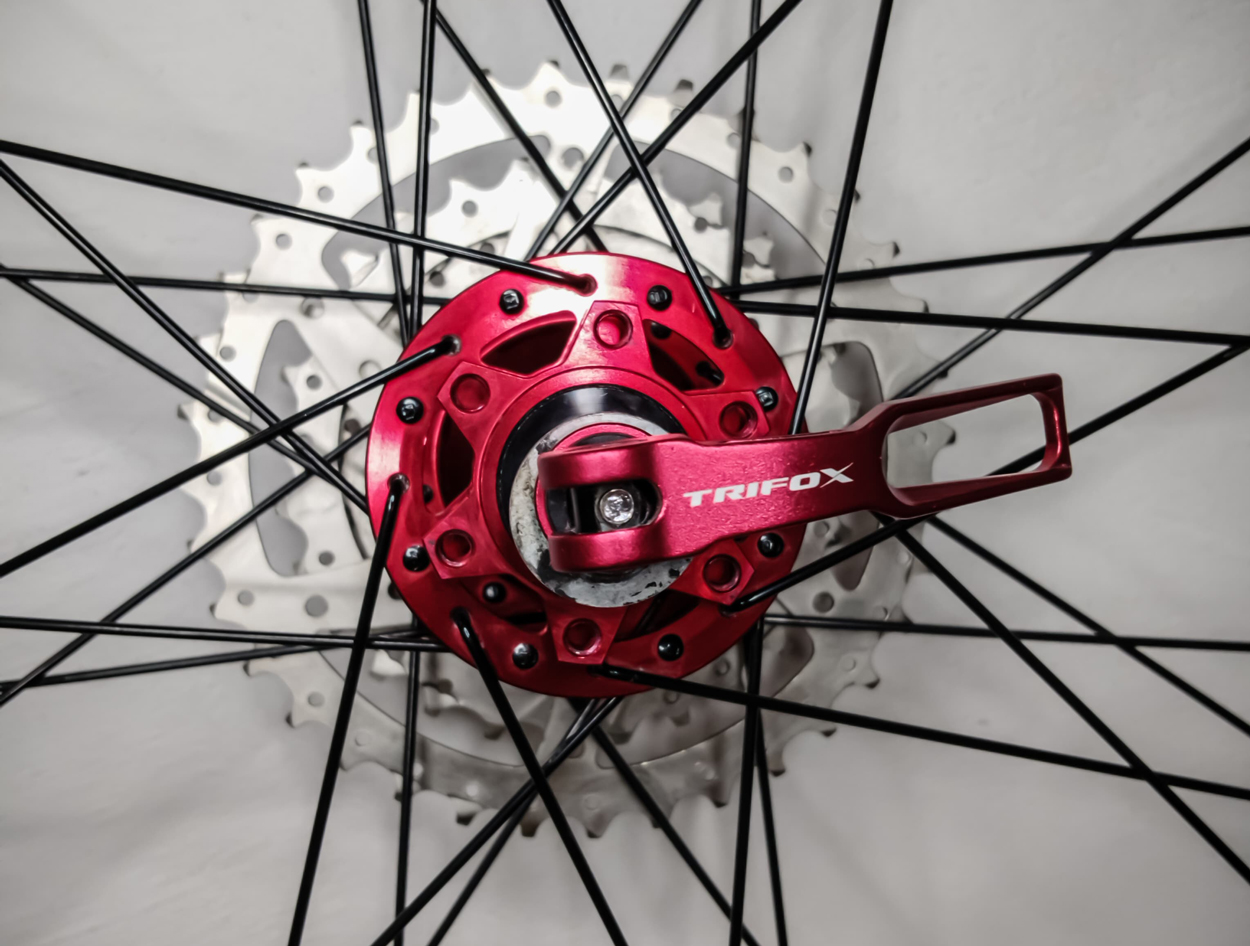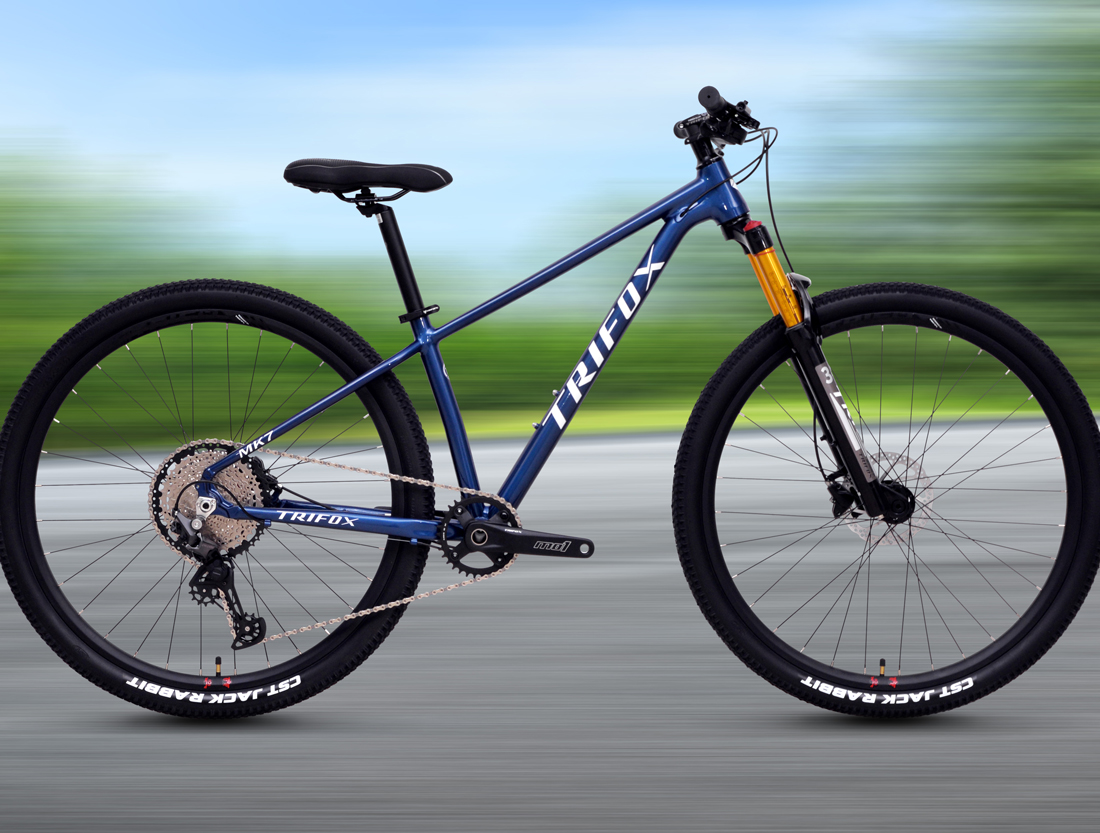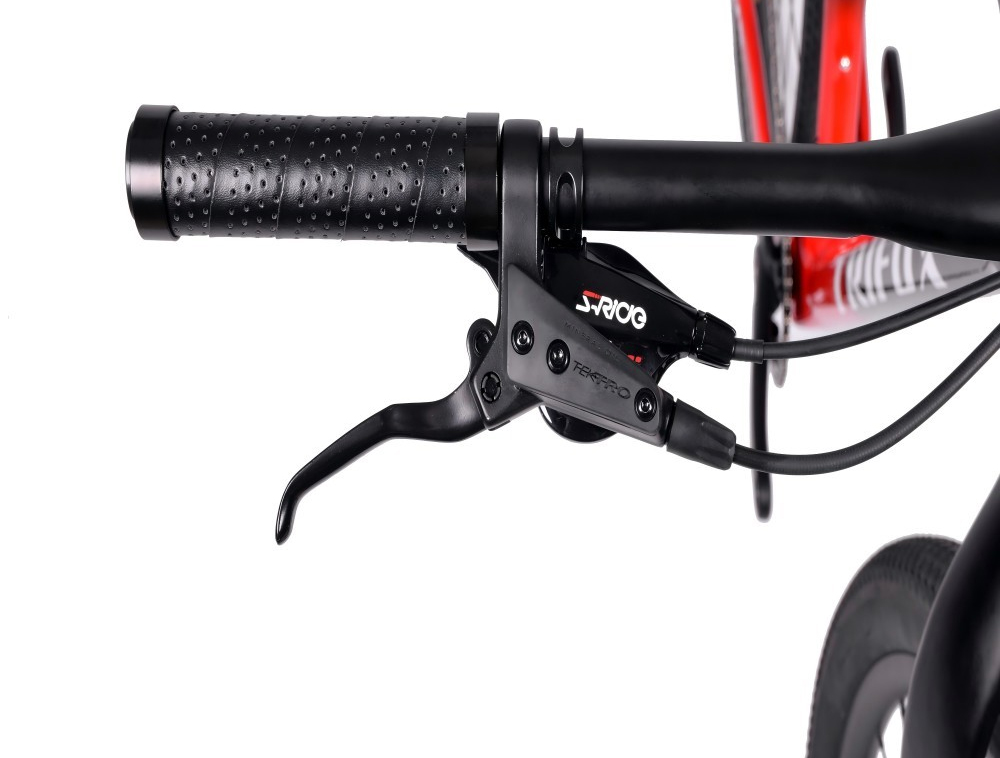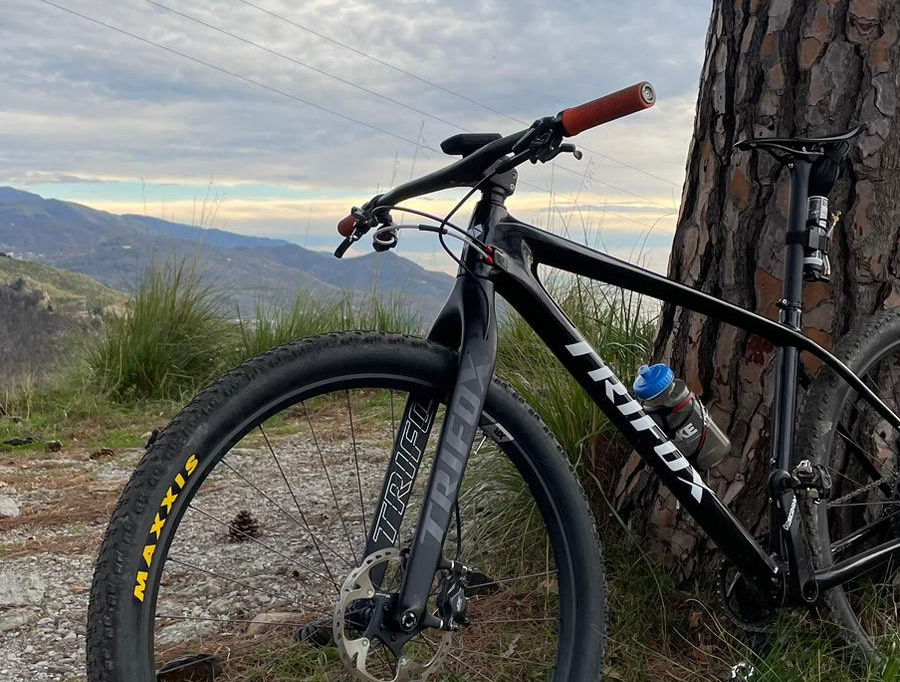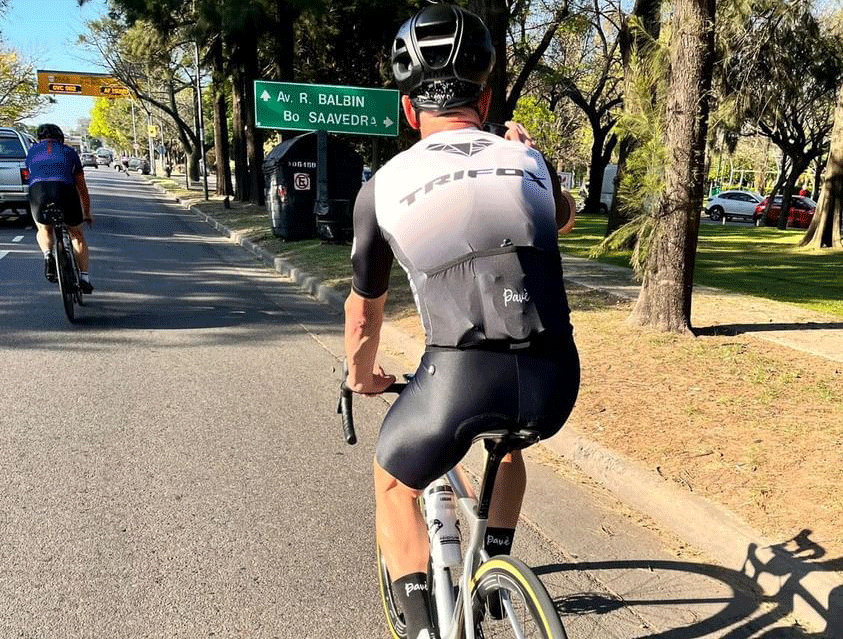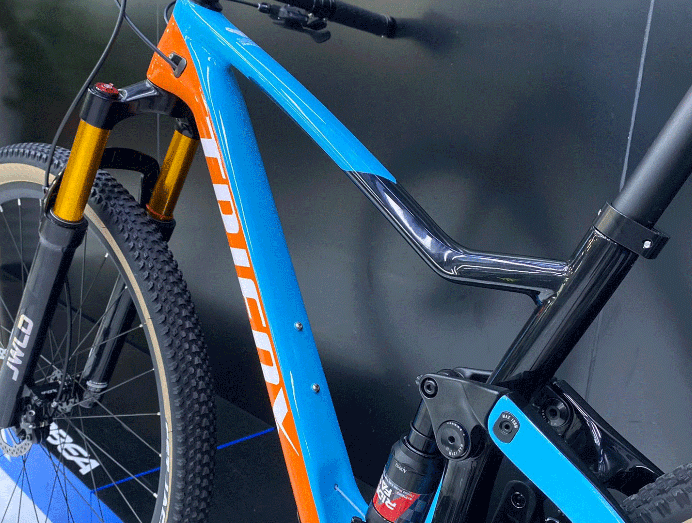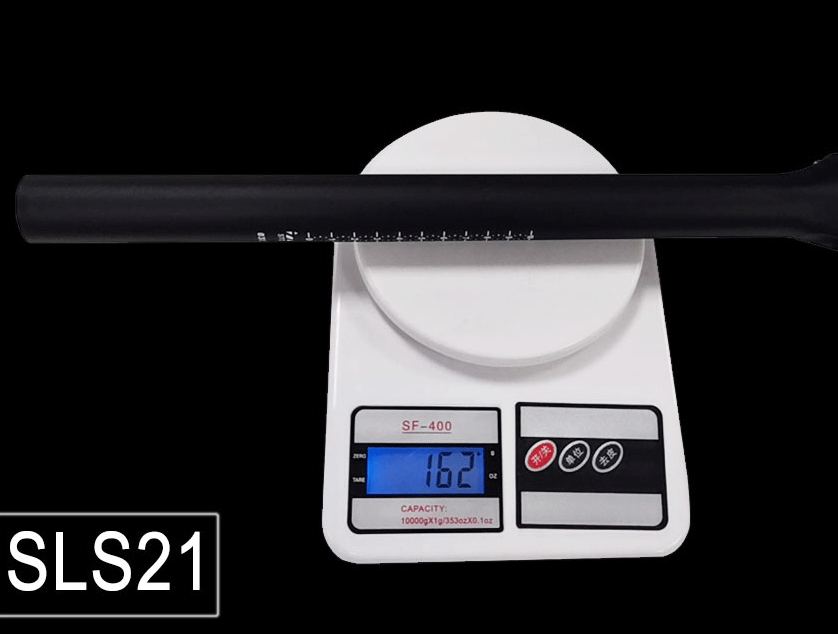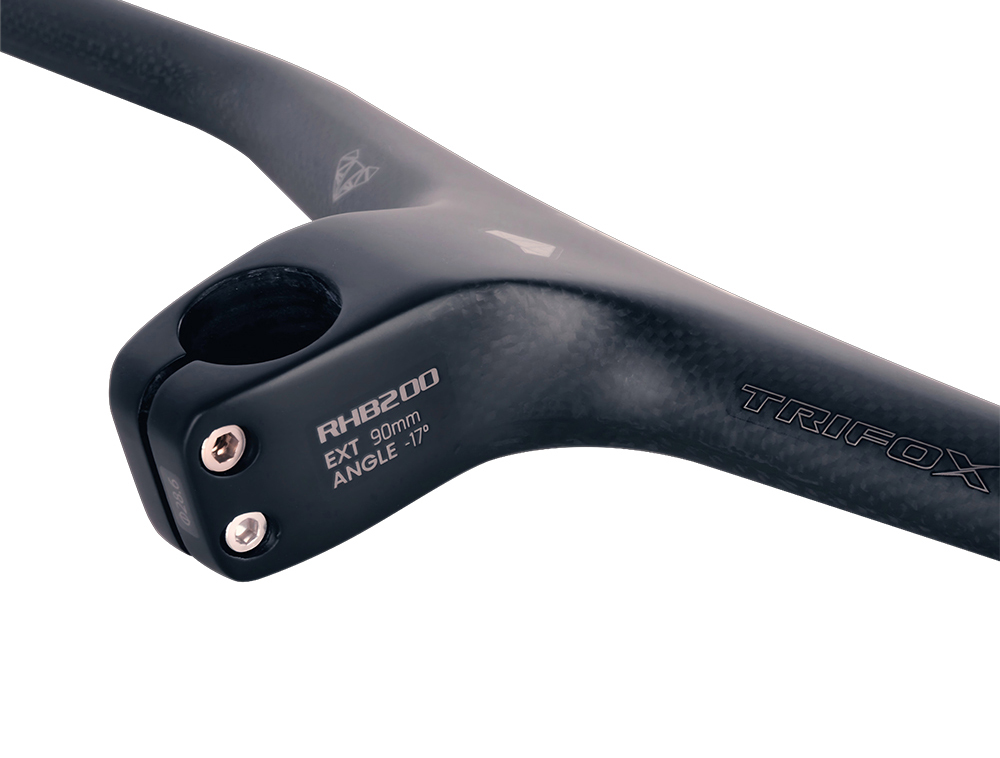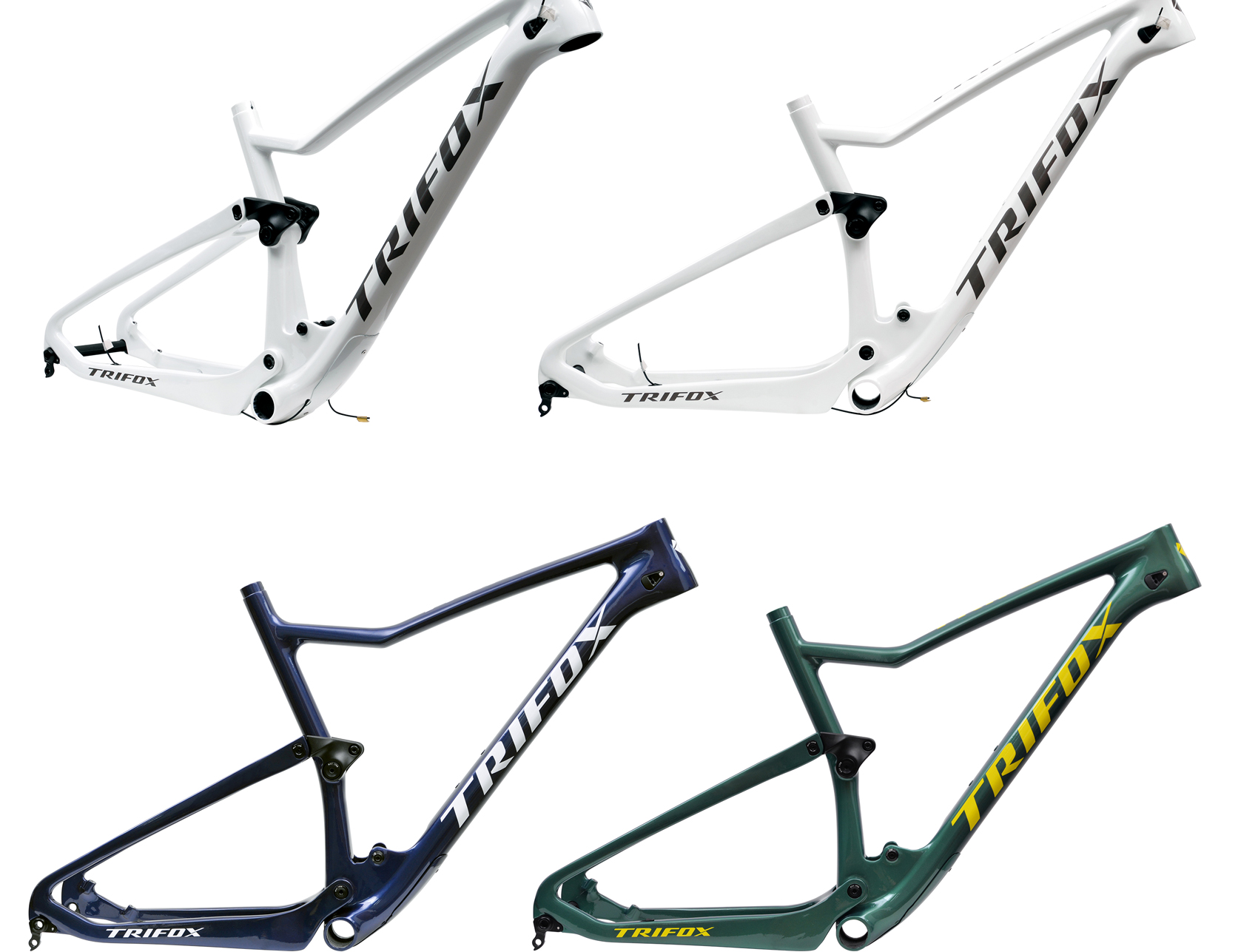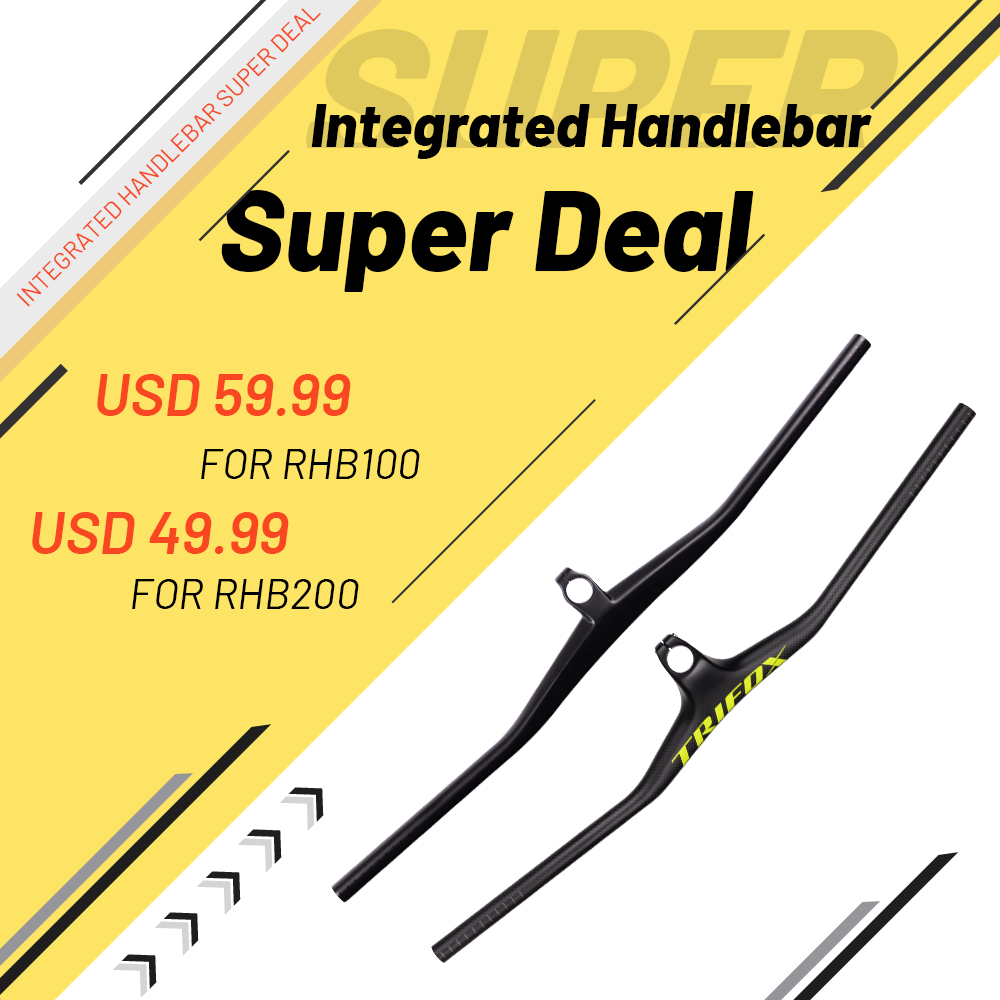When it comes to securing your wheels on your bicycle, the thru axle skewer and the quick release skewer are two of the most common options. Both serve the same fundamental purpose: to hold your wheel in place while riding. However, they differ significantly in design, performance, and application. Understanding these differences can help you make the right choice based on your bike type, riding style, and maintenance preferences.
What is a Quick Release Skewer?
The quick release skewer (QR) is a simple, tool-free system used to attach and detach your wheels. It's a long, spring-loaded rod with a lever that tightens and loosens to secure the wheel in place. When you close the lever, the spring inside the skewer applies pressure to the wheel hub, clamping the wheel onto the fork or rear triangle of the frame.
Quick release skewers were a popular choice on many bikes, particularly road bikes and early mountain bikes, due to their convenience and ability to quickly remove the wheels for tire changes or storage. QR skewers typically have a maximum diameter of 9mm for front hubs and 10mm for rear hubs, although there are some variations.
What is a Thru Axle Skewer?
The thru axle skewer is a more modern solution that offers increased security and performance. Unlike the QR skewer, the thru axle passes completely through the wheel hub and threads directly into the frame or fork. This design provides a more rigid connection between the wheel and the frame, which is particularly beneficial for high-performance cycling, off-road riding, and disc brake systems.
Thru axles come in various sizes, typically 12mm or 15mm in diameter for front hubs, with rear hubs commonly using 12mm or 142mm thru axles. Some newer bikes use even larger diameters (e.g., 15mm or 20mm) to further increase strength and stiffness. A thru axle skewer is tightened using a tool (usually an Allen key or a special lever), which means it requires more time and effort for wheel removal and installation compared to a quick release.
Key Differences Between Thru Axle and Quick Release
1. Strength and Rigidity
One of the main differences between a thru axle and a quick release skewer is the level of rigidity they provide. A thru axle creates a much more solid connection between the wheel and the frame. Since the axle passes through the hub and threads into the fork/frame, it prevents any lateral movement or flex, which is especially important for disc brake bikes or high-performance bikes that require precise wheel alignment.
In contrast, a quick release skewer relies on clamping force applied by the lever, which doesn't provide the same level of stiffness and can sometimes lead to minor flex, particularly under heavy braking or in rough terrain.
2. Convenience vs. Security
Quick release skewers are renowned for their convenience. They can be installed or removed in seconds without the need for tools, making it ideal for quick tire changes or when you need to remove the wheels for storage or transport. It’s a favorite option for road cyclists and commuters.
However, when it comes to security, the quick release is not as robust as a thru axle. A QR skewer can be easily loosened or removed by anyone, which can be a security concern in high-traffic areas or for bikes left unattended. Some riders use locking skewers to address this issue, but this still doesn’t match the security offered by a thru axle.
Thru axles, on the other hand, are more secure because they are bolted into place with tools and are less prone to accidental loosening. This makes them a preferred choice for mountain bikers or anyone riding in rough conditions where wheel security is a priority.
3. Wheel Compatibility
A major factor in choosing between a thru axle and a quick release skewer is wheel compatibility. Quick release hubs are still very common, especially on older bikes or road bikes, and they will fit any frame or fork designed for QR skewers. However, newer mountain bikes, gravel bikes, and some road bikes with disc brakes are increasingly designed to accommodate thru axles due to their superior strength and better braking performance.
If you're upgrading your bike, make sure to check the type of dropouts (fork/frame mounts) on your bike, as they are typically designed for either quick release or thru axle compatibility. In some cases, you might need to purchase new hubs or adaptors to switch between these two axle systems.
4. Weight
In general, quick release skewers are lighter than thru axles. This can be important for road cyclists or competitive riders who are trying to reduce bike weight to the absolute minimum. While the weight difference is relatively small, every gram counts when you're aiming for peak performance.
Which One is Right for You?
The choice between a thru axle skewer and a quick release skewer depends on your cycling needs:
Quick Release: Ideal for road cyclists, commuters, and those who prioritize convenience and ease of wheel removal.
Thru Axle: Best suited for mountain bikers, riders with disc brakes, or anyone looking for increased wheel stiffness and security.
If you're upgrading your bike or considering the difference for your next bike purchase, the Trifox Alloy Front Thru Axle Skewer is a great example of a high-performance, durable solution for modern bikes. It provides the security, strength, and reliability you need, especially for boost forks and disc brake setups.
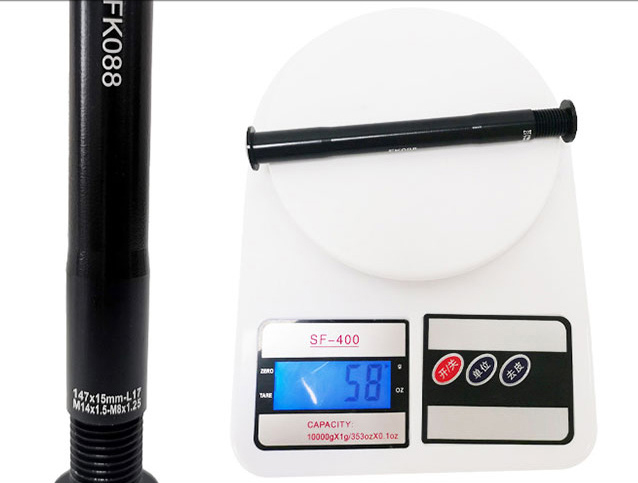
Understanding the key differences between thru axles and quick release skewers is essential for choosing the right one for your bike. Thru axles offer enhanced security and rigidity, making them ideal for mountain biking and disc brake setups, while quick release skewers excel in convenience and are great for lighter, more casual rides.
Evaluate your bike's compatibility, your riding style, and your preferences before making a decision. Whichever you choose, ensuring your wheels are securely attached will give you a safer and more enjoyable ride.




























































